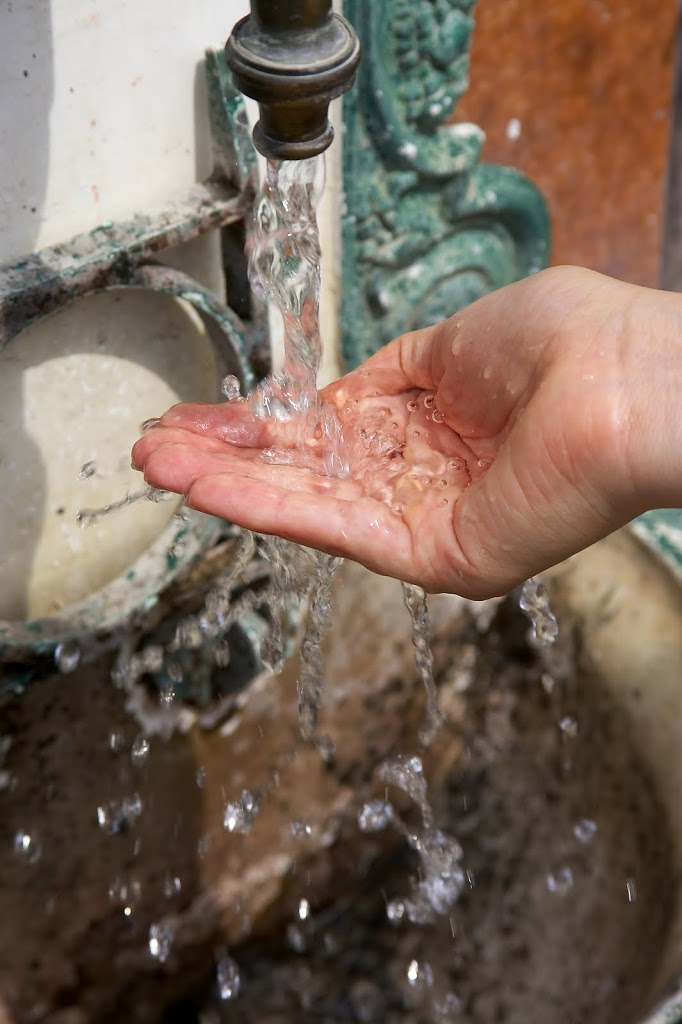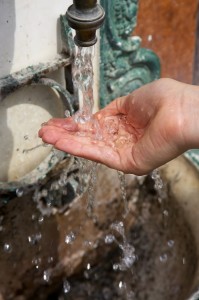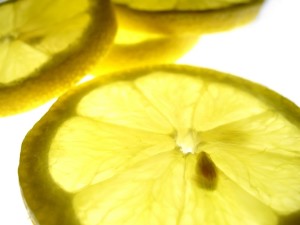
So Dry, So Unfortunate

It’s that time of year again when my skin starts going absolutely nuts. About 3 or 4 years ago, the skin on my hands became really dry and chapped. It was so bad that my finger tips could snag soft material and if I rubbed my hands together you could hear it… clearly. O_O It was devastating for a gal like me, but I tried to ignore it. After all, I was taking 2 lab courses in school and working part time in an industrial lab as well. I thought it came with the territory. But now that I’m done with school and I’m not working with harsh chemicals, I still find myself with the ever dreaded, severely dry skin.
Normally in the fall and winter months, the biting winds and blistering cold take the blame for the dry skin epidemic. However, thus far I have only had to wear a coat twice, so it was time to dig a little deeper…
pH Makes the World Go Round…
The pH of normal skin is mildly acidic ranging between 4 and 6.5. A good moisturizer will not only contain key moisturizing and nourishing ingredients, but it will also have a pH in the range of normal skin. Using products that are too acidic (pH less than 4) or too basic (alkaline, pH greater than 7) can cause irritation and dry skin. Some products will indicate the pH on the label, but don’t count on it. If you really want to know if your dry skin troubles are due to the products you’re using, pick up some pH paper from your local craft store and see for yourself. Unfortunately, most soaps and cleansers have a pH much higher than 6.5. So daily bathing can be an uphill battle. Dare I recommend skipping a full body lather and only “hit the hot spots” once or twice throughout the week? It’s a bold proposition, but desperate times…
What if your products are not to blame?
I’m almost running out of things to blame for my dry skin dismay… it’s not the weather (directly) nor is it the pH of my topical cosmetics. However, pH is not just an external factor. Your internal fluids have a pH as well. Aha! Maybe we’re on to something. An internal pH that is too acidic or too basic can have a negative effect on your body in many ways, one of which is dry skin. The fact that I always have dry skin, but it worsens in the fall/winter peaks my scientific interest. I plan to take a deeper look into my eating habits and how they differ in the warm months vs the cold months… stay tuned for an update from my mini research project.
Meanwhile, what have you discovered are your dry skin triggers? What are your cures? All the dry skin Glam Girls want to know!
Here’s to the Glam Life!


